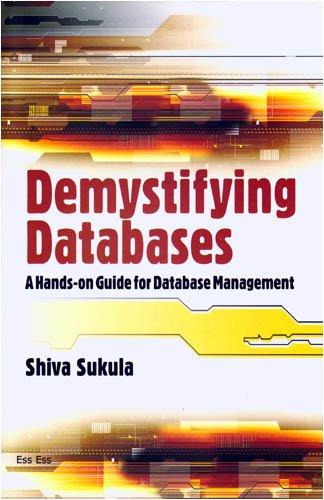Before 0pt After Opt ers Left 0.25 Paragraph range 10 Which of the following is not a data type used to represent a floating point value A float B double C. long double D. short 11. Which of the following is not a syntactically correct declaration? A int number(12), B. double value1(4.5); value23.T) C. double tax percent-0 06 12. Which of the following operators is the increment operator .% 13. Which output flag is set to guarantee that a decimal point will be printed when printing a floating point value? A. fixed B. showpoint C. precision 14. Function arguments are A the term used for the name of the fanction B. the term that refers to the value returned by a function C the term that refers to the values passed to the function when the function is invoked. D. the term that refers to a function invocation. 15. Which of the following function invocations is an approximation of Pl A atan(-1) B. acos(-1), C. sin(-1), D. cos(-1); 16. Line comments begin with// and run for the rest of the line A. true B. false 17. The purpose of a comment is to help the compiler understand your program and create efficient object code A. true ndent Align -Left 10.25. Poston wrap Emig Send Selection Right 0 After 0 pt ext- Fonward Backward-Pane Rotate Pazagraph Arrange 18. The math function sin will compute sine when given the angle in degrees A true B. falsd 19. The setw manipulator is used to set the field width for all values that are printed until another A true .false 20. The preprocessor directive #include 90steamp copies the file sstream into the program before compilation, so that the program can use input and output objects and operators A. true B. false 21. The operand of the increment operator may be either a declared constant or a variable 22. The math function tan will compute tangent when the angle is given in radians. 23. In a case sensitive language, such as C++, the variables apples and APPLES refer to .true B. false .true B. false different storage locations A. true B. false 24. An expression involving operators can appear after the output operator









